Acne is a common skin issue, but not all acne is the same. Knowing what kind you have can help you treat it more effectively. Here’s a guide to identifying and treating 10 different types of acne.
Whiteheads
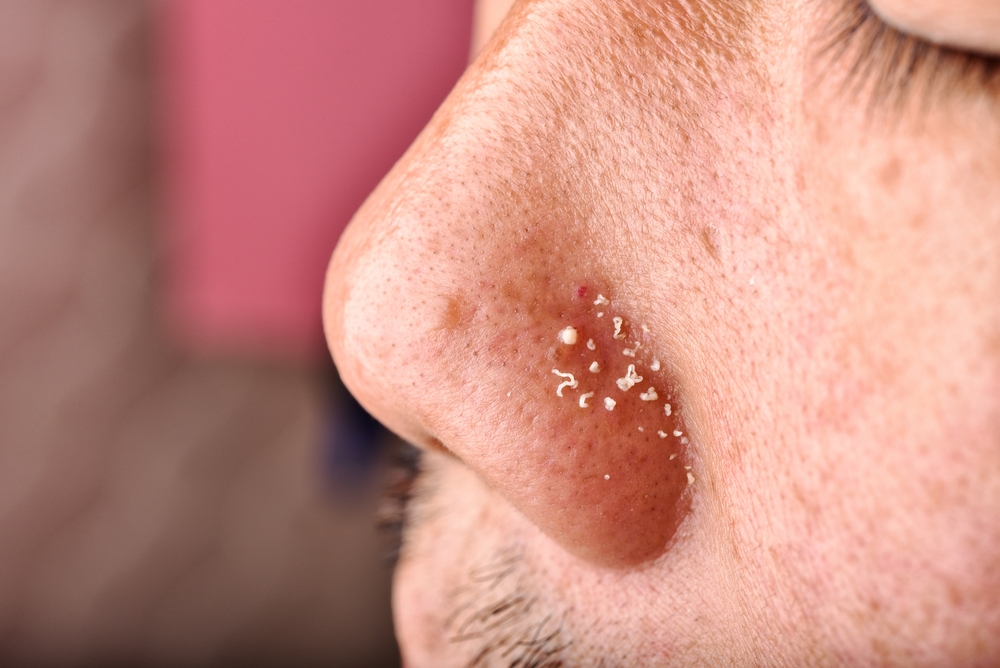
Whiteheads are small, white bumps on the skin. They occur when pores are clogged with oil and dead skin cells. To treat whiteheads, wash your face twice a day with a gentle cleanser. Use products containing salicylic acid or benzoyl peroxide. Avoid picking or squeezing them to prevent scarring.
Blackheads
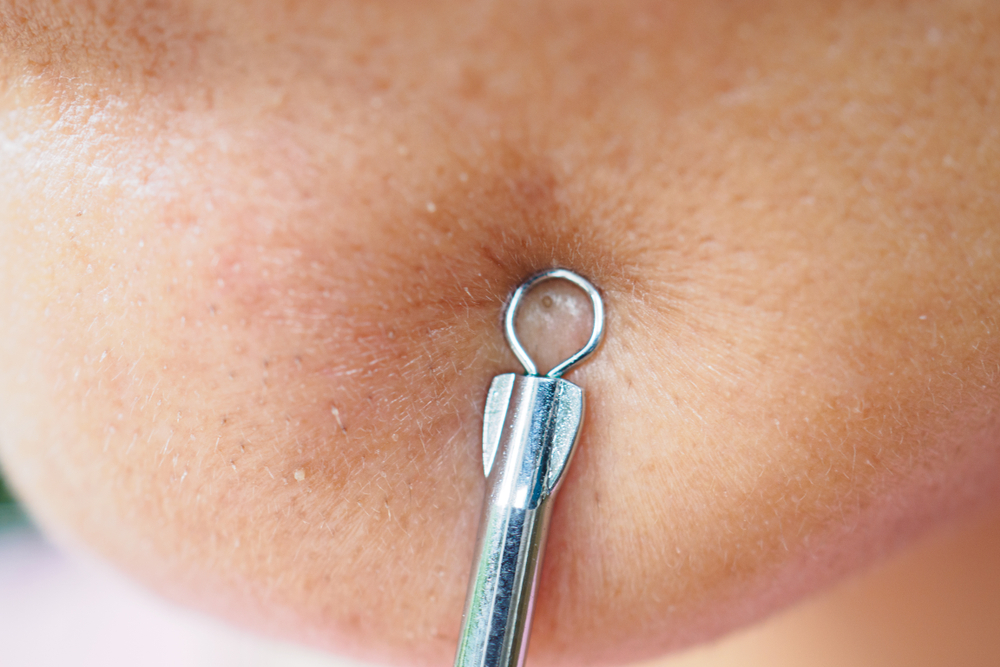
Blackheads are similar to whiteheads but have a dark surface. They form when a clogged pore remains open. Exfoliating regularly can help remove dead skin cells. Look for products with salicylic acid. For stubborn blackheads, consider seeing a dermatologist for extraction.
Papules
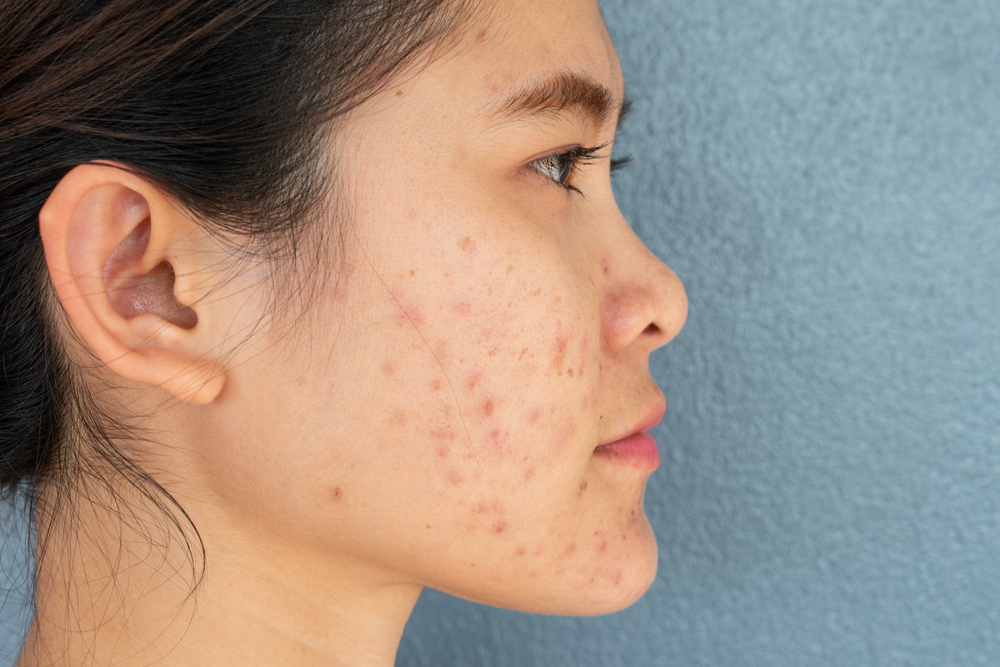
Papules are small, red, raised bumps caused by inflamed or infected hair follicles. They can be tender to touch. Treat papules by applying a warm compress to reduce swelling. Use over-the-counter topical treatments with benzoyl peroxide. Avoid scrubbing your face, which can irritate the skin.
Pustules
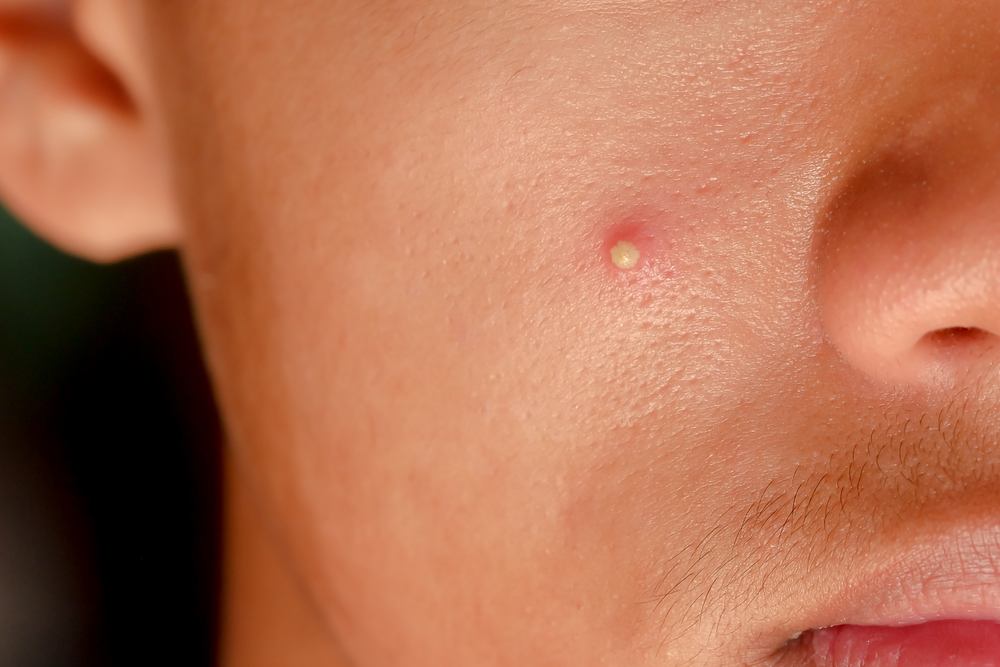
Pustules are similar to papules but contain pus. They look like red bumps with a white center. Cleanse your face gently and apply an over-the-counter acne treatment. Spot treatments with benzoyl peroxide or sulfur can help dry out the pustules. Do not pop or squeeze them to avoid scarring.
Nodules
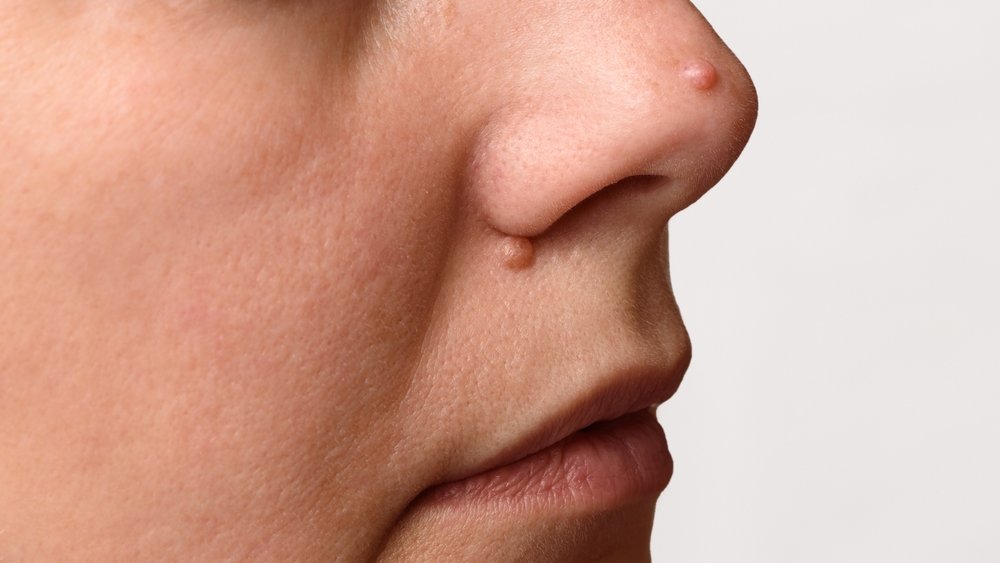
Nodules are large, painful lumps beneath the skin’s surface. They are hard and can last for weeks. Nodules often require prescription medication. See a dermatologist for treatments like oral antibiotics or retinoids. Over-the-counter treatments are usually ineffective for nodules.
Cysts
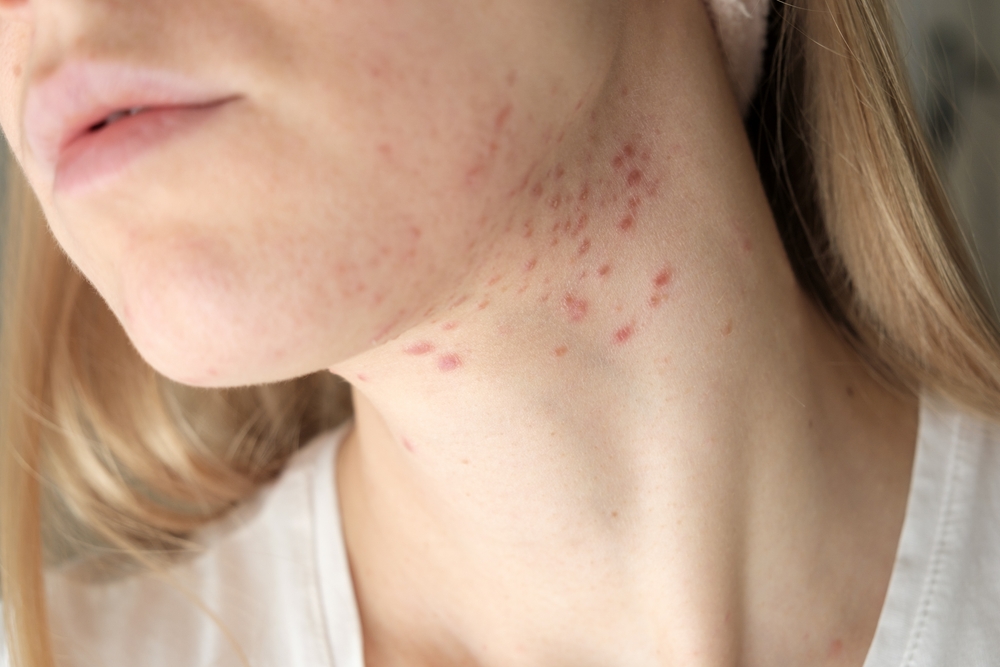
Cysts are deep, painful, pus-filled lumps. They can cause scarring if not treated properly. Treating cysts usually requires a dermatologist’s help. They might prescribe antibiotics, corticosteroid injections, or other medications. Avoid trying to pop or drain cysts at home.
Fungal Acne
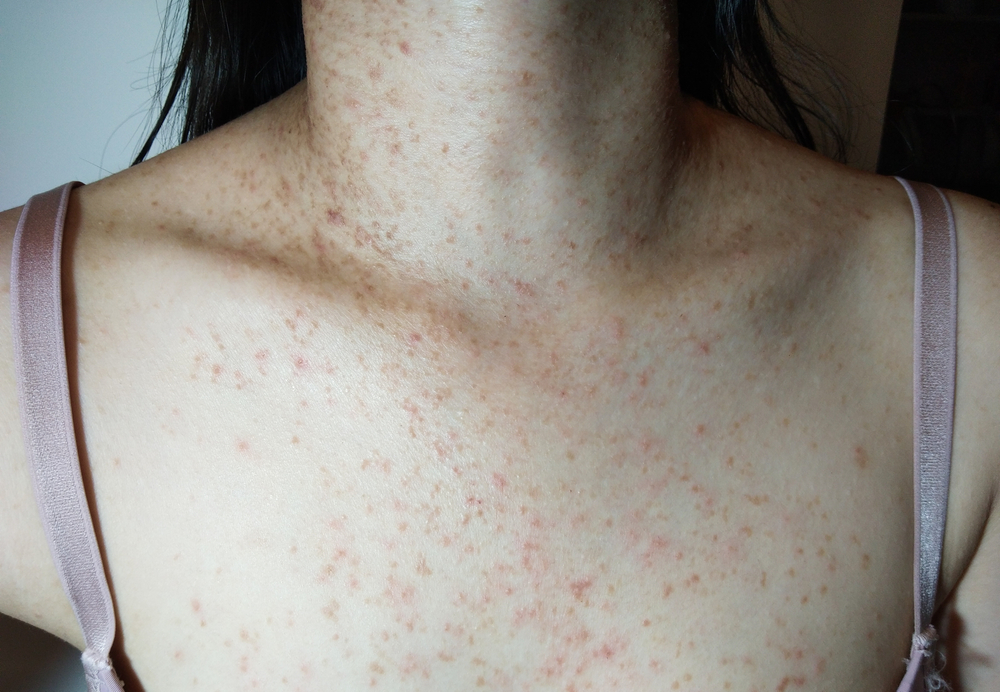
Fungal acne is caused by yeast overgrowth, not bacteria. It looks like small, itchy pustules and often appears on the chest, back, and shoulders. Use antifungal treatments like shampoos containing ketoconazole. Avoid using heavy, oil-based skin products that can exacerbate the condition.
Acne Mechanica
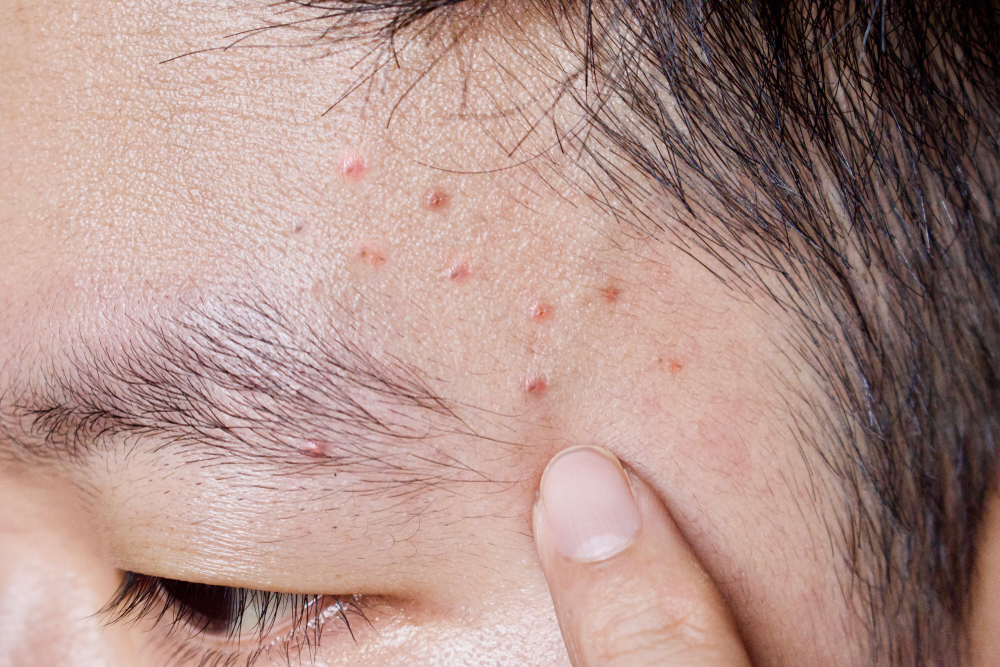
Acne Mechanica is caused by friction, heat, and pressure on the skin. It often affects athletes or people who wear tight clothing or helmets. To treat it, keep the affected area clean and dry. Wear loose-fitting clothing and use non-comedogenic products. Take breaks to allow your skin to breathe.
Hormonal Acne

Hormonal acne often appears around the jawline and chin, especially during hormonal changes like menstruation. Use topical retinoids or birth control pills to regulate hormones. Over-the-counter treatments with salicylic acid or benzoyl peroxide can help manage breakouts. Consulting a dermatologist can provide additional options.
Acne Rosacea
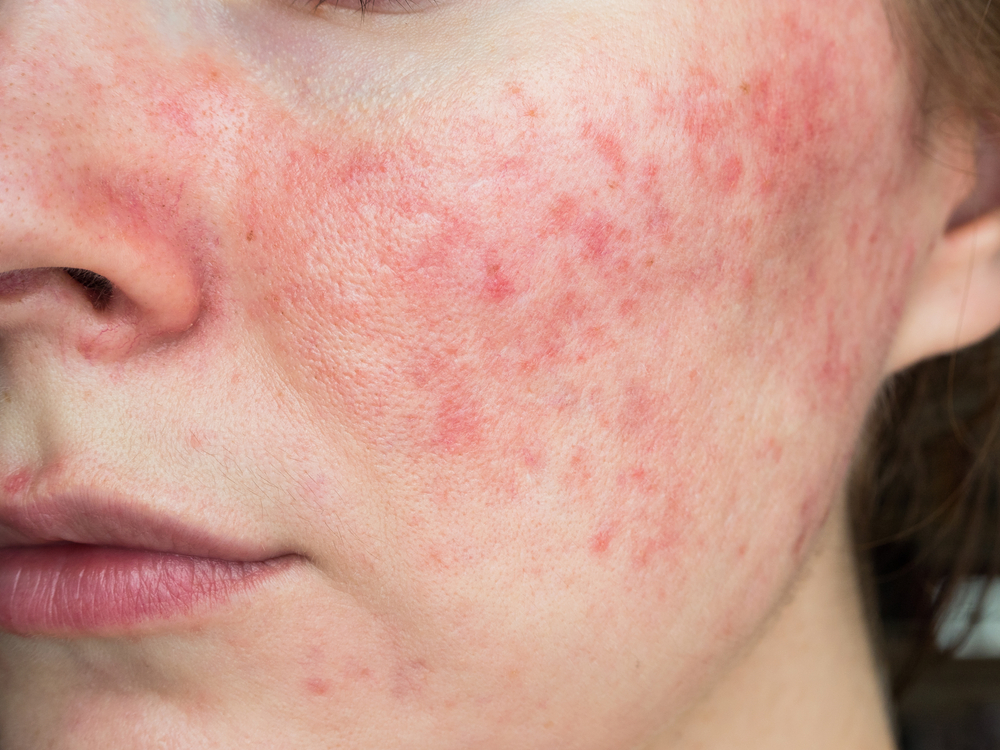
Acne Rosacea is a type of acne that causes redness and visible blood vessels, along with acne-like bumps. It typically affects the face. Treating Acne Rosacea often involves prescription medications like metronidazole. Avoid triggers such as spicy foods, alcohol, and extreme temperatures. Gentle skincare routines can also help manage symptoms.
This article originally appeared on UnifyCosmos.
More from UnifyCosmos
20 Home Repairs That Are Off-Limits for DIY Enthusiasts
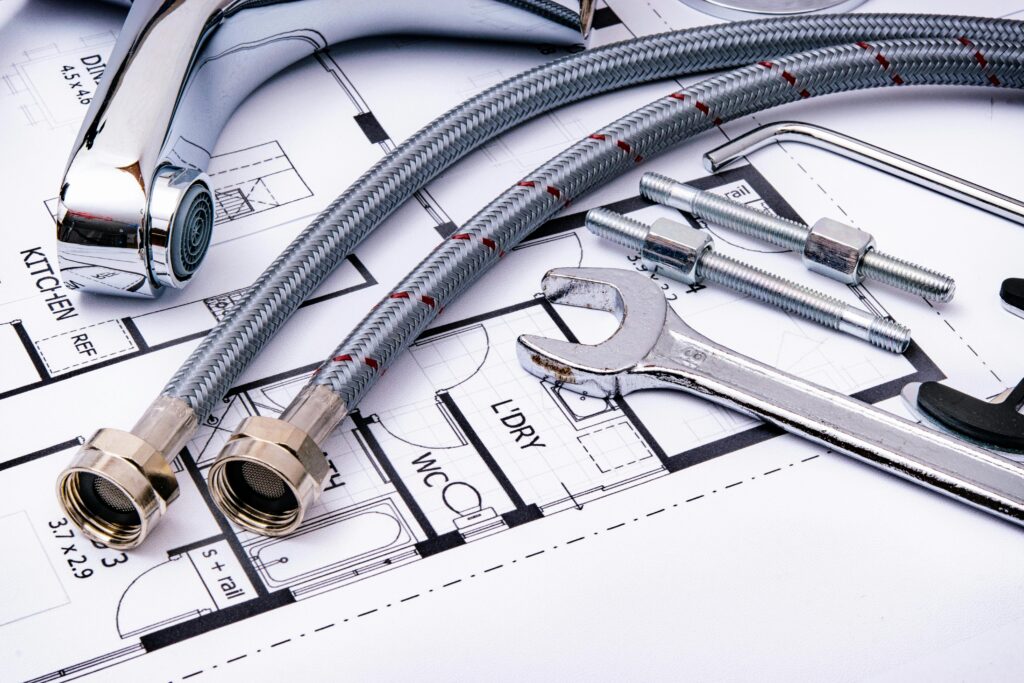
Taking on home improvement projects can be exciting and rewarding. However, not all projects are safe or legal to tackle on your own. Read more!
22 Ways Single Women Navigate Retirement Differently
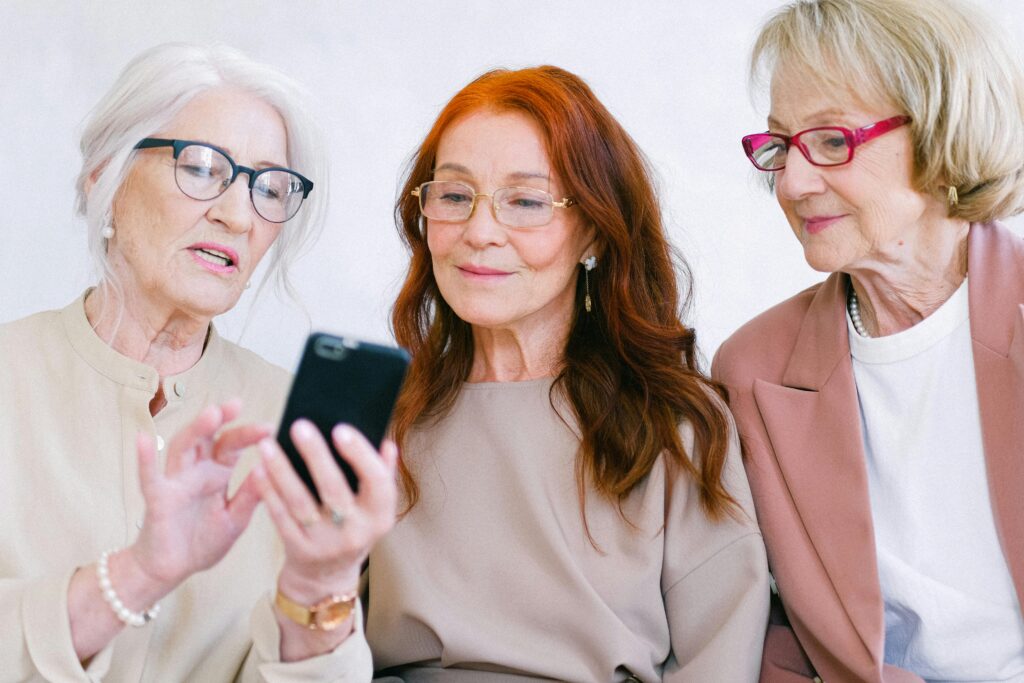
Retirement can be a unique journey for single women. Financial planning often takes center stage as they rely solely on their own savings. Read more!
22 Inexpensive Foods That Are Healthier Than You Think

This article will explore some surprisingly healthy and cheap options that not only nourish your body but also keep your wallet happy. Read more!
Leave a Reply